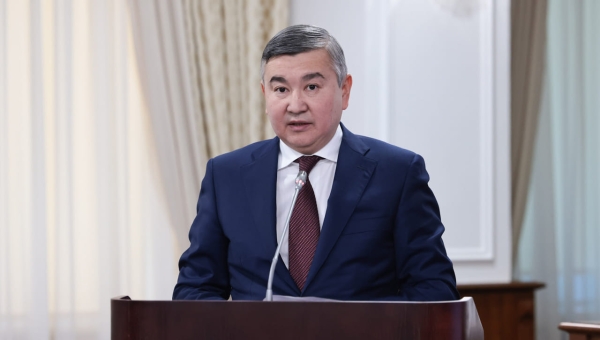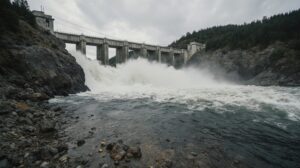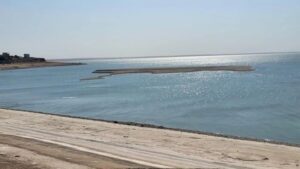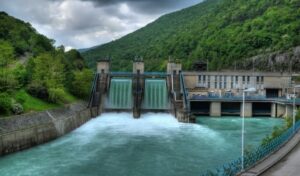Over 70% of Kazakhstan’s GDP growth in the first 11 months of 2024 came from trade, manufacturing, agriculture, and construction, according to Deputy Prime Minister and Minister of National Economy Nurlan Baibazarov. Presenting the country’s socio-economic results at a government meeting, he highlighted that Kazakhstan’s economic growth rate reached 4.4%, driven primarily by the non-oil sector, which grew by 5.1%.

Trade grew by 8.2%, transport services increased by 8.1%, manufacturing rose by 5.3%, and construction expanded by 10.3%. Agriculture output surged by 13.4%, largely due to a 19.9% increase in crop production. Regions such as Karaganda, Pavlodar, Turkestan, Almaty, and Zhetisu showed the highest growth rates. However, regions like Atyrau, Akmola, Mangistau, and Aktobe experienced a significant decline in investments.
Investments in fixed capital rose by 3.1%, with strong growth in non-resource sectors. Education saw a 2.2-fold increase in investments, while scientific and technical activities rose by 42.1%, transport by 27.2%, and manufacturing by 18%. Despite the overall positive trends, some regions, including Atyrau and Mangistau, saw declining investment activity.
Kazakhstan’s foreign trade turnover reached $116.9bn between January and October 2024. Exports accounted for $68.5bn, including $23.3bn in processed goods, while imports totaled $48.4bn. The positive trade balance grew by 33.4% to $20.1bn, reinforcing the country’s strong trade performance.
The manufacturing sector maintained a growth rate of 5.3%, supported by increased production in metallurgy (7.2%), mechanical engineering (6.9%), and the chemical industry (8.4%). Pharmaceuticals grew by 21%, metal products rose by 29.5%, and furniture production increased by 12.8%. Meanwhile, the construction sector saw a robust 10.3% growth, fueled by large-scale housing and infrastructure projects. Housing commissioning reached 16.3mn square meters, an 8.3% increase compared to the previous year.
In contrast, growth in the mining sector slowed to 0.1%, primarily due to a 2% reduction in oil production and a 0.3% decline in natural gas output. However, metal ore production increased by 7.9%, and coal production rose by 1.9%, showcasing resilience in certain areas of the industry.
To ensure continued economic growth, Baibazarov outlined several priorities. These include effective budget fund utilization for construction and housing projects, accelerating investment in manufacturing and mechanical engineering, and improving grain transportation and export logistics. By focusing on non-oil sectors and strategic investments, Kazakhstan aims to sustain its economic momentum as the year concludes.




